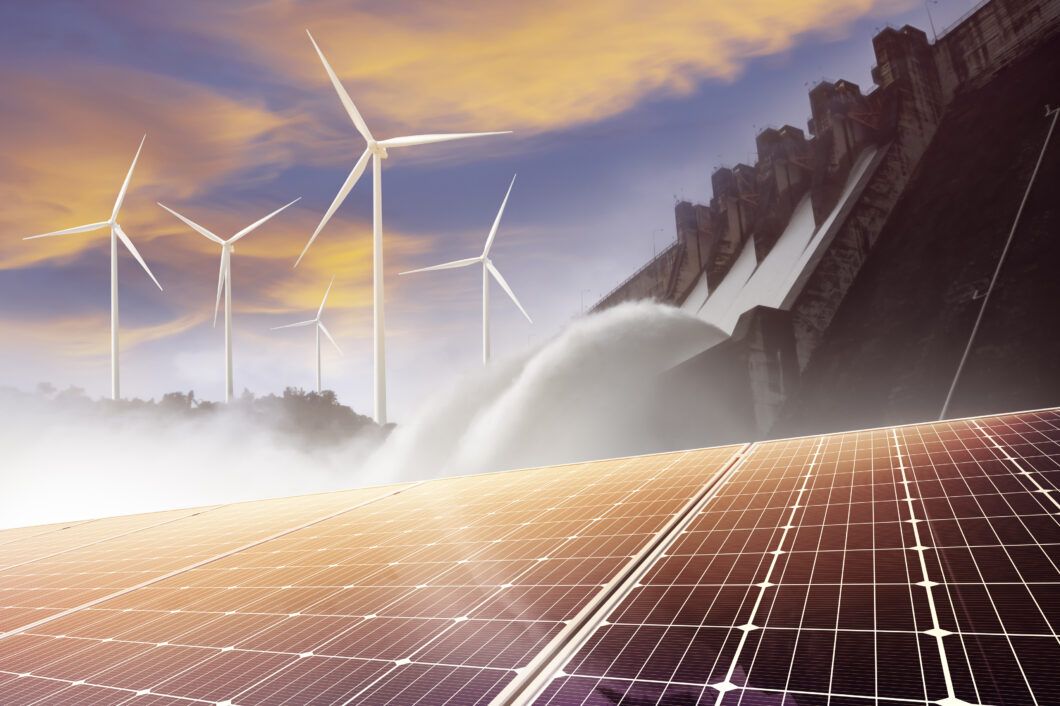When we flip on a light switch, most of us don’t think twice about where that power comes from. But as Canada works to increase electricity supply, decarbonize its economy, and respond to the climate crisis, we must think harder – and act faster.
Canada is at a crossroads. With the pressing need for energy security, decarbonization, and economic resilience, Prime Minister Mark Carney has promised his government would build Canada into an “energy superpower.” It must now make good on that promise while balancing the rapid development of energy infrastructure with responsible environmental stewardship and Indigenous reconciliation.
Hydropower, often overlooked in today’s climate conversations, is the cornerstone of Canada’s electricity system. It already produces more than 60 per cent of our power and plays a crucial role in helping us meet our energy demands and emissions targets. But inefficient and unclear regulatory processes are putting its future and ours at risk.
Hydropower is the only source of renewable energy that generates electricity consistently, regardless of the time of day or weather. This reliable, consistent energy complements other renewables such as wind and solar, helps reduce carbon emissions, meets growing electricity demand, and powers homes, businesses, and industries. Once built, hydro facilities produce low-cost, low-carbon, and highly reliable electricity for decades – sometimes over a century.
In other words, we already have a scalable, made-in-Canada climate solution with vast untapped potential, and broad support. Over 90 per cent of Canadians support the development of new and existing hydropower facilities. However, despite the industry’s importance to Canada’s economy, both the expansion and maintenance of existing hydropower facilities face significant regulatory challenges.
While protecting aquatic ecosystems is vital, the 2019 amendment to the Fisheries Act requires approval for any activities that might impact even one fish, often leading to long delays for routine work. This shift in focus has made the process slow, unclear, and constantly subject to new requirements for hydro producers. In some cases, Fisheries Act Authorizations reviews have led to years-long delays for routine maintenance – despite significant measures already taken to protect fish populations and offset fish deaths. Clearer guidance and streamlined processes could help ensure strong environmental protections while enabling timely clean energy maintenance.
When routine maintenance is delayed, it can impact the reliability of our power supply. When new hydro projects are stalled, it forces Canada to rely on more expensive and carbon-intensive energy sources. And when businesses can’t get timely approvals, investment in our clean energy future slows down.
In some cases, it takes up to ten years to get approval for a major hydropower project – among the longest wait times in the OECD. Canada must significantly expand its electricity production capacity by 2050, but with major projects taking up to 15 years to complete, the timeline doesn’t align with projected demand. These aren’t just growing pains; they’re a major roadblock that’s slowing climate progress, discouraging investment, and jeopardizing energy security.
To build Canada and the country’s energy security, the new federal government should move quickly to reform the process by accelerating reviews and avoiding redundant assessments – recognizing provincial processes where appropriate, and creating a centralized, independent permitting body responsible for making decisions on permits quickly and efficiently that coordinates across departments, engages Indigenous nations meaningfully, and delivers clear, timely decisions.
Let’s be clear: this is not about weakening environmental oversight. It’s about strengthening it – by making it more focused, transparent, and outcomes-driven. By creating a framework that balances responsible growth with environmental stewardship, we will demonstrate that economic growth and sustainability can – and must – coexist.
Canada has over 600 hydropower facilities across the country, from British Columbia to Newfoundland and Labrador. Proper maintenance is essential to ensure their continued operation.
Often located on Indigenous territories, these projects involve complex planning, consultation, and stewardship that hydro producers conduct jointly with First Nations. Improving the regulatory framework will encourage the honouring of Indigenous rights, support Indigenous-led energy development, and ensure that communities are genuine partners in decision-making.
Done right, a reformed system would accelerate clean energy deployment and uphold high environmental standards. It would bring clarity for developers, support for communities, and momentum for Canada’s net-zero transition.
Now is the time to act. The five-year review of the Fisheries Act undertaken and paused by the previous administration must be completed to enable important changes to the Act without which the new government’s commitment to accelerate energy projects will not be possible to fulfill. With a new government and cabinet in place, there is a critical opportunity to strengthen the institutions and processes that can either unlock essential clean energy development or allow it to remain stalled across the country.
The stakes are high. Without action, we risk higher energy prices, stalled emissions reductions, and greater dependence on fossil fuels. But with the right policies, we can secure and advance clean, reliable energy – while protecting the ecosystems and communities that sustain us.
Hydropower may not be flashy. But it’s a powerhouse in the fight against climate change – and it deserves more attention, investment, and smart regulation. To reach our climate and energy goals, strong federal leadership is needed to clear the path for hydropower investment and development. The industry is ready to deliver. Now we need bold action to match.
The lights are on. Let’s keep them that way – with clean power, clear policy, and climate leadership worthy of Canada’s ambitions.

